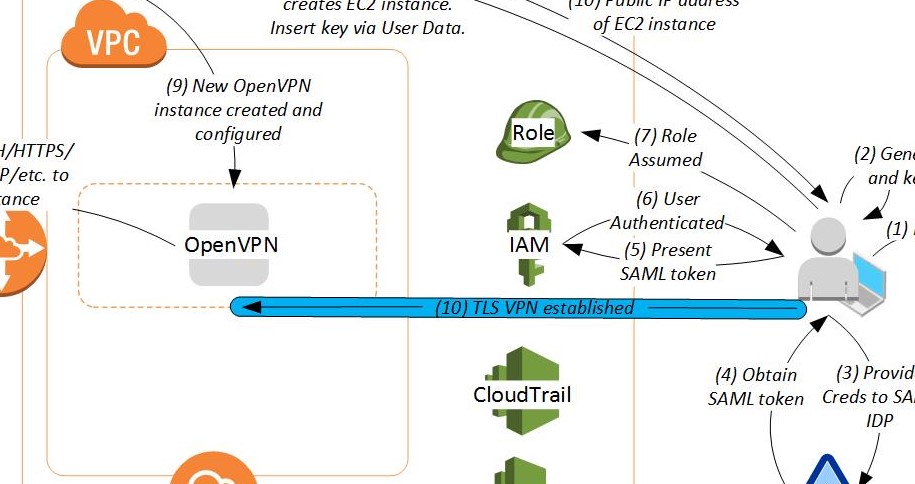Amazon QuickSight – An elegant and easy to use business analytics tool
First published at https://nivleshc.wordpress.com
Introduction
Recently, I had a requirement for a tool to visualise some data I had collected. My requirements were very simple. I didn’t want something that would cost me a lot, and at the same time I wanted the reports to be elegant and informative. Most of all, I didn’t want to have to go through pages and pages of documentation to learn how to use it.
As my data was within Amazon Web Services (AWS), I thought to check if AWS had any such offerings.… [Keep reading] “Amazon QuickSight – An elegant and easy to use business analytics tool”


